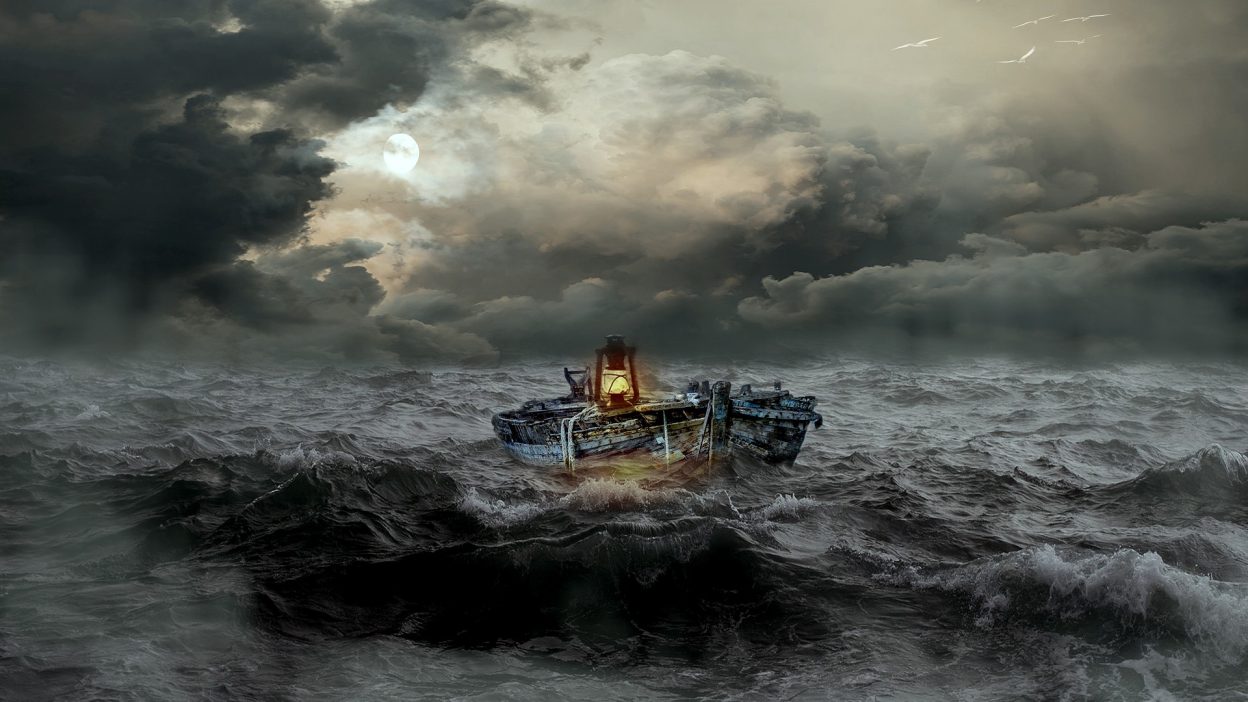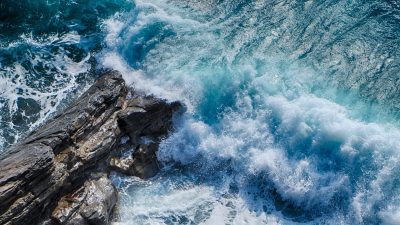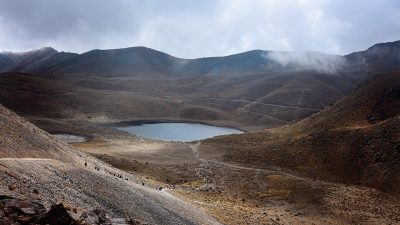1212: When the North Sea Devoured the Holy Roman Empire – A Forgotten Catastrophe
The North Sea flood of 1212 was one of the most devastating storm surges in medieval Europe, yet history has largely buried its horrors. Sweeping across vast territories of the Holy Roman Empire, this catastrophe drowned entire villages, killed thousands, and reshaped the European coastline.
Ignored warnings, religious interpretations, and a lack of flood defences made the disaster even worse. Was this simply a force of nature, or did human negligence amplify the destruction? Let’s uncover the forgotten nightmare of the 1212 North Sea flood.
1. The North Sea’s Wrath: A Storm Surge That Changed History
The North Sea has always been a brutal force of nature, but the storm surge of 1212 was unlike anything medieval Europe had witnessed. Torrential rains, brutal winds, and an unstoppable wall of water struck the coasts of the Holy Roman Empire with terrifying speed.
Medieval chronicles describe a violent, howling storm, accompanied by rising tides that engulfed towns and villages within hours. The devastation was so severe that in many areas, the land was permanently lost to the sea. Unlike modern disasters, where rescue efforts and flood defences provide some protection, the people of 1212 were completely defenceless against nature’s fury.
For many, this was not just a storm—it was an apocalyptic event. As floodwaters erased entire settlements from the map, survivors were left homeless, starving, and exposed to disease. The impact of the storm surge did not end when the waters receded—it changed the landscape, economy, and even the political stability of the Holy Roman Empire.
2. A Disaster Foretold? The Climate, Tides & Warnings That Went Ignored
In the years leading up to the 1212 flood, unusual climatic shifts and unpredictable weather had already begun to unsettle medieval Europe. Periods of intense rainfall and erratic tides hinted at a brewing catastrophe. However, in a time before meteorology, these warnings were largely misunderstood and ignored.
The North Sea region was already vulnerable due to its low-lying geography, but the people had no flood barriers or dykes to protect them. Monks and scholars of the time mistook the rising waters for divine punishment, rather than recognising the natural patterns that signalled impending disaster. Some fishermen and coastal dwellers reported abnormally high tides in the months prior, yet these warnings were dismissed as superstition.
This lack of preparation proved fatal. When the storm surge hit, it did so with full, unrelenting force, catching entire cities off guard. The question remains—could lives have been saved if medieval leaders had taken the warning signs more seriously?
3. Death in the Thousands: The True Toll of the 1212 North Sea Flood
The exact death toll of the 1212 North Sea flood is uncertain, but historical records point to mass devastation. The lack of proper documentation means many deaths went unrecorded, but estimates suggest thousands perished.
- Mass Drownings & Vanished Settlements
The floodwaters rushed inland at terrifying speeds, drowning entire villages. Many people had no time to flee, leading to one of the deadliest natural disasters of medieval Europe. - Widespread Injuries & Disease Outbreaks
The aftermath was equally horrific—injuries from collapsing buildings, hypothermia, and infections plagued the survivors. As bodies contaminated drinking water, disease outbreaks further increased the death toll. - Livestock & Crops Wiped Out
Beyond human casualties, the flood also annihilated farmland and livestock, leading to severe food shortages and economic collapse. Famine soon followed, pushing survivors into deeper suffering.
4. Cities Underwater: Which Regions Suffered the Most?
The floodwaters did not discriminate, but some areas bore the brunt of the destruction. Regions within modern-day Germany, the Netherlands, and Denmark suffered catastrophic losses, with entire villages permanently submerged.
The coastal trade hubs of the Holy Roman Empire, which relied heavily on the sea for commerce, were shattered. Ports were swept away, cutting off crucial supply routes. The agricultural heartlands also suffered immensely, as saltwater intrusion poisoned the soil, making farming impossible for years.
Many medieval towns never recovered, while others were forced to relocate further inland, abandoning their historical settlements to the sea. The map of medieval Europe was literally rewritten by this storm surge.
5. The Church & The Flood: Divine Punishment or Natural Disaster?
In the deeply religious world of 1212, natural disasters were rarely seen as coincidences. The Church quickly framed the flood as divine retribution for humanity’s sins. Sermons were held across the Holy Roman Empire, blaming the catastrophe on moral corruption, greed, and heresy.
Many survivors turned to mass repentance, believing that only divine mercy could prevent future floods. Some even saw the disaster as a warning against the upcoming Crusades, interpreting it as God’s displeasure with European ambitions in the Holy Land.
This belief slowed any scientific understanding of floods and storms, as people were more focused on pleasing God than studying nature. The lack of a rational response meant that flood defences remained almost non-existent, paving the way for future disasters.
6. The Forgotten Poor: Who Suffered the Most in the 1212 Flood?
As in most disasters, the poorest were hit hardest. Wealthy nobles and merchants had resources to rebuild, but peasants and fishermen were left with nothing.
For many, the flood was just the beginning of their suffering. With homes and farms washed away, starvation and disease became the new killers. Survivors were often forced into slavery or servitude just to survive. Meanwhile, the rich hoarded resources, making recovery even more difficult for the lower classes.
This stark class divide during the disaster shows a pattern still seen in modern times—when catastrophe strikes, it is always the poor who suffer most.
7. Political Blame Game: How the Holy Roman Empire Reacted
- A Medieval Government in Crisis
The Holy Roman Empire was notoriously decentralised, meaning local rulers, not a central authority, were responsible for handling disasters. This lack of coordination led to a slow and chaotic response. - Who Was Responsible?
Nobles, city leaders, and even the Church faced criticism for their lack of preparedness. Some blamed the Emperor for failing to provide flood defences, while others turned on local rulers who abandoned their people. - The Economic Fallout
Trade routes were severely disrupted, causing long-term economic instability. Many businesses collapsed, leading to a financial crisis across affected regions.
8. How the Flood Reshaped the Holy Roman Empire
The 1212 North Sea flood left a permanent mark on the Holy Roman Empire, forcing changes in settlements, economy, and governance. While the immediate destruction was catastrophic, the long-term effects were just as significant.
Many coastal settlements were abandoned, as survivors moved further inland to escape future flooding. Some areas became swamplands or tidal zones, making them uninhabitable. This shift in population changed trade routes and economic centres, weakening some cities while strengthening others.
The flood also exposed the empire’s political weaknesses. Rulers who failed to act lost the trust of their people, while those who provided aid gained influence. This event indirectly reshaped power structures within the empire, highlighting the need for better disaster management—something that would only come centuries later.
9. Did We Learn Anything? Comparing the 1212 Flood to Modern Disasters
Over 800 years later, storm surges still devastate coastal regions, and many of the mistakes made in 1212 are still repeated today.
Despite technological advancements, flood defences remain inadequate in many regions. Rising sea levels and climate change increase the risk, yet some governments fail to invest in long-term flood protection.
If we compare the 1212 flood to modern disasters like Hurricane Katrina (2005) or the Bangladesh Cyclone (1970), the same patterns emerge—ignored warnings, poor response, and the poorest suffering the most. History teaches us harsh lessons, but do we ever truly learn?
10. 1212 to Today: Why This Forgotten Flood Still Matters
The 1212 North Sea flood is more than just a historical event—it is a warning from the past. This disaster shows how climate, poor preparation, and human failure combine to create unstoppable catastrophes.
Ignoring early warning signs cost thousands of lives in 1212, and it continues to do so today. With climate change accelerating and extreme weather events becoming more frequent, we must ask:
Are we better prepared, or are we simply waiting for history to repeat itself?
The people of 1212 did not have modern science or technology to save them. But today, we do—and if we fail to act, we have only ourselves to blame.
5 FAQs
1. How many people died in the 1212 North Sea flood?
The exact number is unknown, but estimates suggest thousands perished, with many more injured or displaced. Entire villages were wiped off the map.
2. Which regions were most affected by the flood?
Parts of modern-day Germany, the Netherlands, and Denmark suffered the worst damage, with coastal towns and farmland permanently lost.
3. Why did the flood happen?
A massive storm surge, combined with strong winds and high tides, pushed the North Sea inland. The lack of flood defences made the disaster much worse.
4. Did the Holy Roman Empire do anything to prevent future floods?
At the time, flood defences were non-existent. While some cities later built sea walls and dykes, true flood prevention only became a priority centuries later.5. Could a disaster like this happen again?
Yes. With climate change and rising sea levels, the risk of storm surges is increasing. Without proper defences, modern coastal cities could face similar devastation.




